Clinically Reviewed by Dr. Matin Hemmat LPCC, CADC.
Like it or not, alcohol is a cultural fixture. It slips into our lives early—in TV shows and commercials, in restaurants, at home, and across the internet. When someone starts taking part in drinking alcohol, it can quickly become a bigger and bigger aspect of our lives. But sometimes the problem is hidden. That is until our bodies let us know something is up. One of the lesser-discussed effects of alcohol is its impact on our blood vessels, specifically whether it causes vasoconstriction. So here we get into it. Does alcohol cause vasoconstriction? What does that even mean? And what to do about it.
What Is Vasoconstriction?
Vasoconstriction sounds like one of those words you skim past in biology class. Or maybe the move an anaconda would pull on you if you were hiking in the jungle. But it has to do with your blood vessels and their muscles.
Yes, your blood vessels have muscles. It is how they control the blood flow. Tightening or relaxing has different effects on the fluidity. Vasoconstriction is the tightening (or narrowing) aspect.
This typically happens when there is a situation in your body or environment (like in cold weather) where blood is needed more in one part of your body than another. Think: your lungs need blood because you will die if they aren’t working well, so your hands can take a back seat. It’s one reason you get cold hands first in lower temperatures.
In small doses, it’s a survival tactic. But when it becomes chronic or unchecked, it’s like having a traffic jam in your circulatory system—a jam that’s bad for your heart, your brain, and pretty much everything in between.
How Does Alcohol Affect Blood Vessels?
The other side of that is something called vasodilation. This is the loosening. And alcohol can pull off both of these. It can create vasoconstriction and vasodilation. If you get flushed cheeks after a glass or two of wine, you are experiencing dilation. It happens mostly when small amounts of alcohol are involved.
Things get tricky or take a left turn when a glass of wine turns into nightly bottles of wine—heavy drinking. After that initial relaxation, your body will sense a drop in blood pressure and kick into high gear, triggering vasoconstriction to stabilize things.
As you might guess, sustained heavy drinking will lead to sustained tightening of blood vessels. This means higher blood pressure and added strain on the heart. So does alcohol cause vasoconstriction? Yes it does.

Does Alcohol Cause High Blood Pressure?
Included in the question, “Does alcohol cause vasoconstriction?” is the topic of blood pressure. The answer is that, yes, alcohol use does cause high blood pressure. For the reasons mentioned above, vasoconstriction is a contributing factor. But it’s not the only reason your blood pressure may shoot up as a result of drinking.
Alcohol impacts the balance of fluids and electrolytes in your body, affecting kidney function and hormone regulation. This makes the body hold onto more sodium and water, which raises blood volume and pressure.
The vascular system also takes a hit from inflammation caused by alcohol, which stiffens blood vessels over time. All of this can create the potential for all sorts of related issues. Heart attack, stroke, kidney damage—all these things can be the ramifications of the effects of alcohol on your blood pressure and other organs.
The Short- and Long-Term Effects of Alcohol and Vasoconstriction
In the short term, vasoconstriction can make you feel dizzy, lightheaded, or cold. It can give you a headache, too, which feels like an early onset of the impending hangover.
But things get worse over time. Vasoconstriction from alcohol use creates a situation that makes hypertension, aneurysms, and artery damage a real possibility.
Not to mention, your brain, which is particularly sensitive to blood flow, can suffer too. Reduced circulation may lead to cognitive problems, poor concentration, and an increased risk of stroke.
Signs of Vasoconstriction to watch for include:
- Frequent headaches or dizziness
- Cold hands and feet, even in warm environments
- Numbness or tingling in extremities
- Muscle cramps or spasms
- High blood pressure readings that creep upward
What Can Be Done About It?
The good news? The vascular system is resilient if given the right care. The ways to make a difference are good hydration and exercise. But the key to really making a difference in the long-term damage and getting flexibility back into the blood vessels is cutting back, or better, quitting altogether.
If dependence on alcohol has taken root, the best option for countering the effects of vasoconstriction from alcohol is to address, first, the physical addiction and then the psychological roots of your drinking.
Vasoconstriction might sound like a niche concern, but it’s often a red flag for deeper imbalances—both physical and emotional.
Alcohol’s impact on blood vessels mirrors its broader impact on our lives. It seems minor and simple at first, but if given too much reign, it becomes a life-debilitating and potentially life-threatening situation.
If this hits close to home, know that change is not just possible—it’s supported by science, biology, and a community of people who’ve been there.
At Peninsula Health Center in Palos Verdes, California, our team is equipped to create a program that effects real change in your life. Reach out to us today, and let’s start repairing the foundation of your life. Call today: 866-934-8228.






